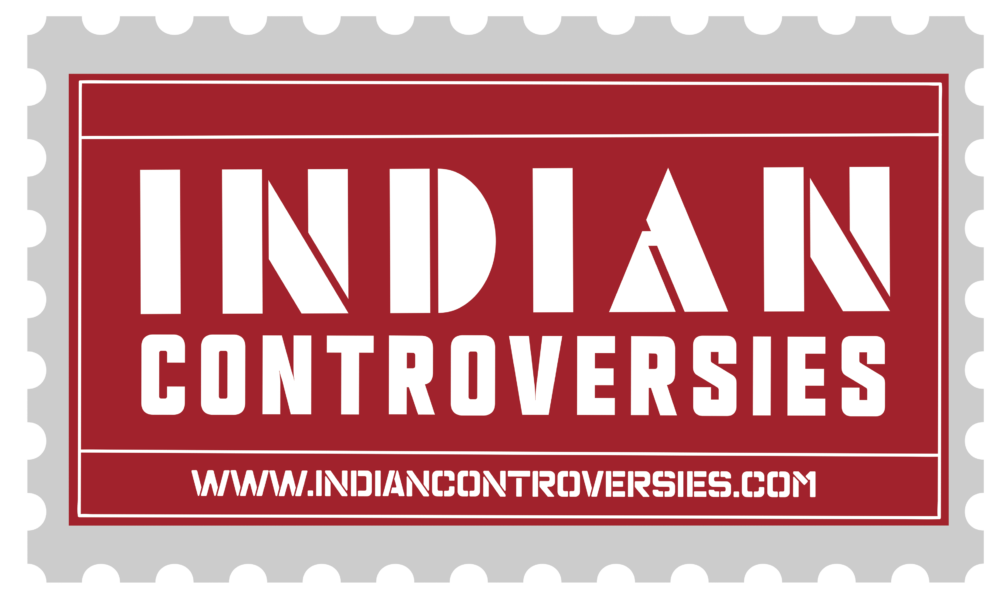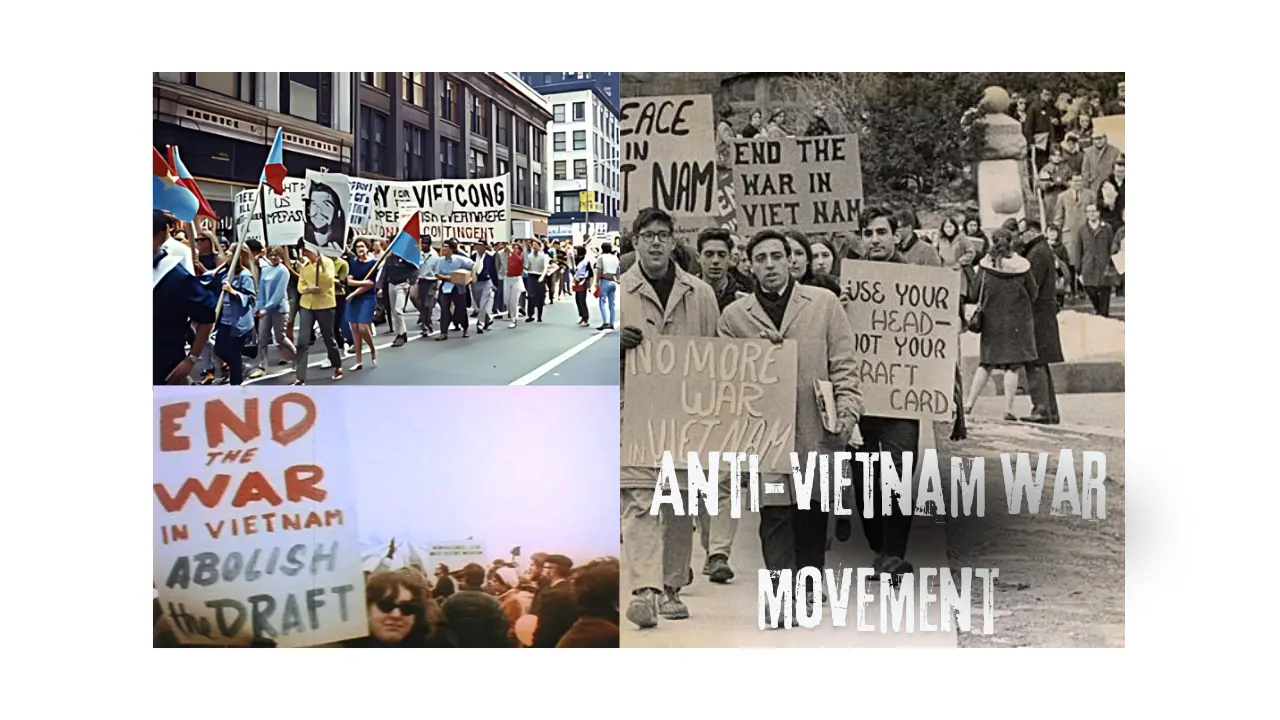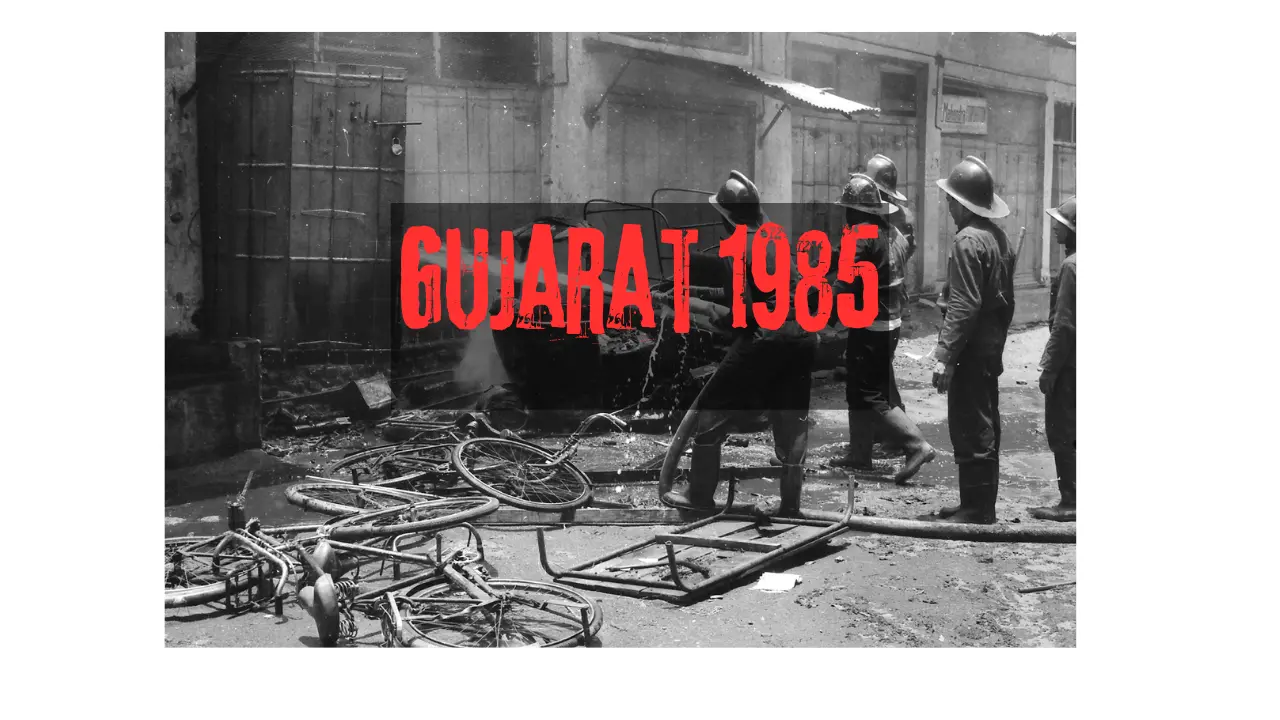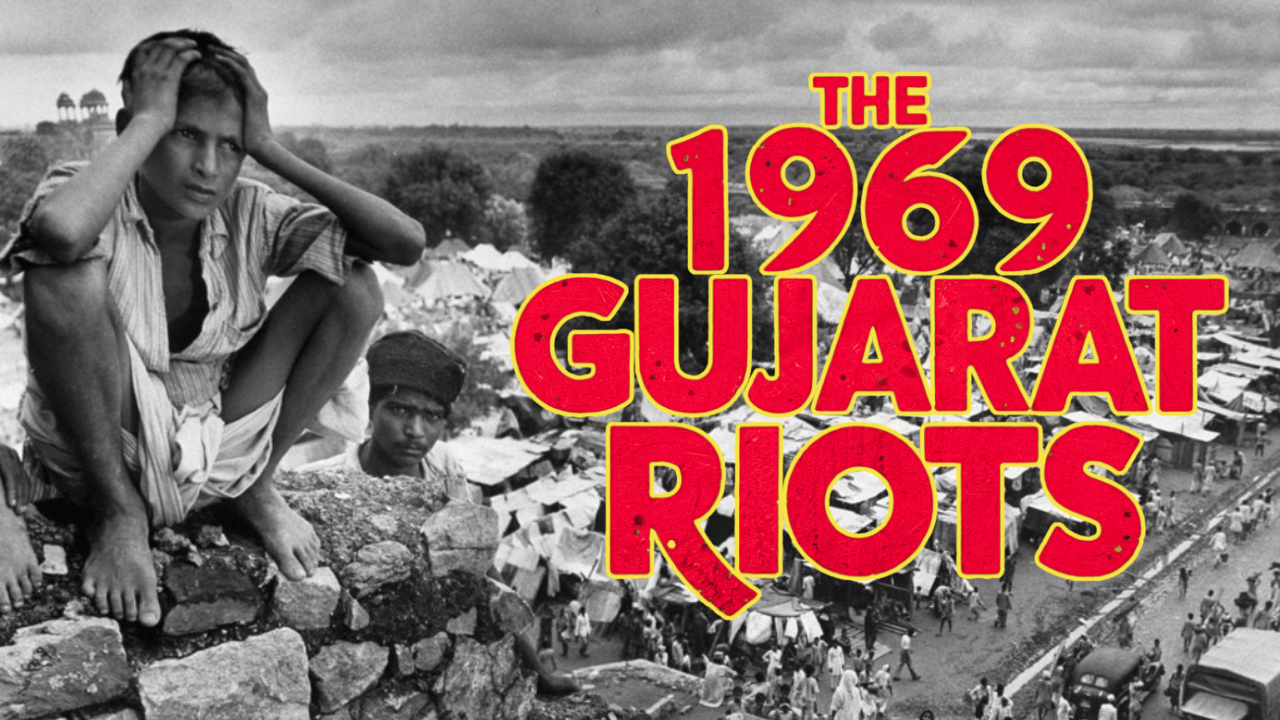Among the most important and divisive demonstrations in American history, the anti-Vietnam War movement developed.
The Development of Mass Dissension
Driven by mounting discontent with American engagement in Vietnam, the movement gathered steam over the 1960s and 1970s. Though cities like San Francisco, New York, and Berkeley grew epicenters of resistance, Washington, D.C. was the most obvious venue for this national protest. Particularly following incidents like the Tet Offensive in 1968, the government’s assurances on the course of the war were progressively greeted with mistrust and resentment.
Lafayette Park: Frontyard for the People
Direct in front of the White House, Lafayette Park became a potent emblem of the people’s unhappiness. Since demonstrators considered this site as a straight channel to the president, the government cannot overlook their opinions. The park became a major site for anti-war demonstrations since the proximity to the seat of power enhanced the influence of the rallies. Once a symbol of power, the White House was now under siege by the very people it was meant to be representing.
The Mayday Protest: Closing the Capital
The Mayday Protest in May 1971 peaked the anti-war movement. Activists sought to bring Washington, D.C. to a stop, therefore rendering the administration essentially disabled. Thousands of demonstrators packed on the outskirts of downtown on May 2, prepared to block the city the following day. If only momentarily, their efforts effectively stopped traffic, highlighting the pure movement willfulness. Emphasizing the event’s great influence, even CIA Director Richard Helms noted the pressure this demonstration put on the Nixon government.
The Young’s Part in Revolution
The anti-Vietnam war movement was a cultural as well as a political revolt. Disillusioned by a government they felt was compromising their principles, the young of America turned to the streets in hitherto unheard-of proportions. Connecting several activist issues, including women’s liberation and civil rights, the movement turned into a uniting tool. This time of protest was a turning point in American history when the force of group action became indisputable.
An Inheritable Defiance Legacy
American society was permanently changed by the anti-Vietnam war movement. This was the era when young people of the country dared to seek change and challenge the most strong government in the world. The legacy of the movement is evidence of the force of protest and the continuing influence of civic involvement. The Anti-Vietnam War movement stays a potent reminder of the need of speaking truth to power even as the echoes of the past keep resonating.
#AntiVietnamWar #ProtestHistory #YouthRevolution #70sActivism #PeaceMovement





